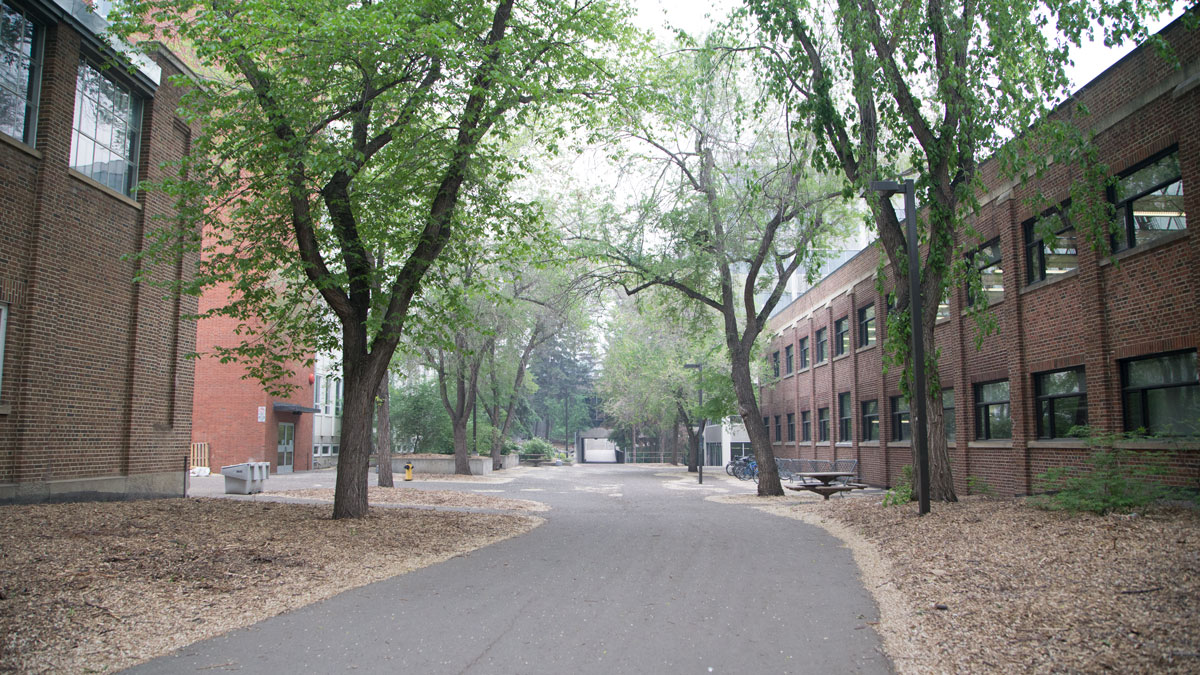 Joshua Storie
Joshua StorieIn the search for classes to enrol in, after students consult their friends, scrutinize Rate my Prof, and check the U of A exam bank to see if exams are fit for their liking, students can now also see how much money their professors earn.
The U of A’s sunshine list was released on June 30, and if it hasn’t already, it will profoundly affect how students and the public consider the university’s finances. Some of the top earners on the list work in administration, the Faculties of Law, Medicine, Engineering and Business. Occupying much of the middle of the list is a number of Arts professors. While some (especially Arts profs) balk at the idea of reducing academics to “bang-for-your-buck” arguments, the sunshine list offers proof that Arts profs seem reasonably compensated for what they do.
When applied to the university, the NDP’s Public Sector Transparency Act is a bad idea. Centralizing salary information without context allows Wildrose interns to add all the numbers together and easily argue for cutting post-secondary funding, which does no one any good.
The value of the spreadsheets is also questionable. It’s not as if much of its information isn’t already public (regarding the pay of tenured professors anyway) and it feels unnecessarily intrusive to know what individuals earn to the dollar amount. Given the research dollars, sponsorships, market modifiers, and even buildings (DICE vs. Tory), it’s common sense that those in administration, Business, Law, and Engineering, for example, generally earn more than those who work in Arts.
Yet tenured Arts profs are comparatively some of the cheapest workers for offering one of the most far-reaching degrees. The purpose of an Arts degree is for students to self-fashion. Students are exposed to a world of ideas, they engage with those ideas and create their own ideas. Students gain research, writing, and communication skills by working on essays and assignments. If they do the hundreds of hours of work required for their degrees, Arts students, even without grad school aspirations, can become highly skilled, versatile thinkers and workers. For students to apply their knowledge and gain situational experience, there are various organizations on campus such as faculty associations, student clubs, the Students’ Union, and, yep, The Gateway.
Bachelor of Arts degrees are often misunderstood because they aren’t professional programs (in the sense of being vocational). The value of a BA shouldn’t be determined by the most minimal of requirements — what students must know before they leave. Rather, BA degrees should be evaluated according to what students can do with them. A destructive piece of folk knowledge is that a BA will get you a bad career, or that, absurdly, it’ll prevent you from getting hired. As a heavy duty mechanic or a financial analyst, maybe. It’s common sense that organizations shouldn’t trust new grads with much of anything important, so it’s understandable that introductory positions are unfulfilling or uninspiring. But research shows getting a BA works out eventually. It really is possible to have it all: to learn job skills for well-paying careers by studying, say, graphic novels or, god forbid, the Bible, in your twenties.
Arts profs, similarly, can do it all. They are teachers, mentors, public speakers, and leaders. They do practical things like answer questions, write reference letters, and tell you what’s on exams, but they’ll give the best answers for people looking to write, for example, family history or personal memoir. They’ll probably be the best people on campus to answer the most important philosophical questions (or least the best guides to the answers). Students waste opportunities when they don’t visit their professors during office hours.
Arts profs can also be thought of as authors on specialized topics. Some material is esoteric, but it’s often possible for BA students to read the books Arts profs write because students spend the length of their degrees reading work by other Arts profs. Most importantly, profs facilitate lifelong intellectual engagement — interesting things for students to do for 50-60 years. To use the language, Arts profs are renewable resources.
The big question then is “Are profs reasonably compensated?” This requires the understanding that a tenured professor’s work load is roughly 40 per cent teaching, 40 per cent research and 20 per cent administration, so students have a limited ability to answer this question. This is an educated guess, but from what I’ve seen from the dozen or so tenured Arts professors I’ve had, I think they’re each worth $150,000/year and then some for the work they do. Most were good instructors, and they all had the ability to bring out the best in students if students were willing to put in the work.
The question of “Are profs reasonably compensated?” is much more urgent and complicated for students of the highest earning faculties. It requires knowledge of pay distribution, research money, and many are unwilling to talk about salaries.
But if anyone is up for the challenge, write about your findings in The Gateway.




